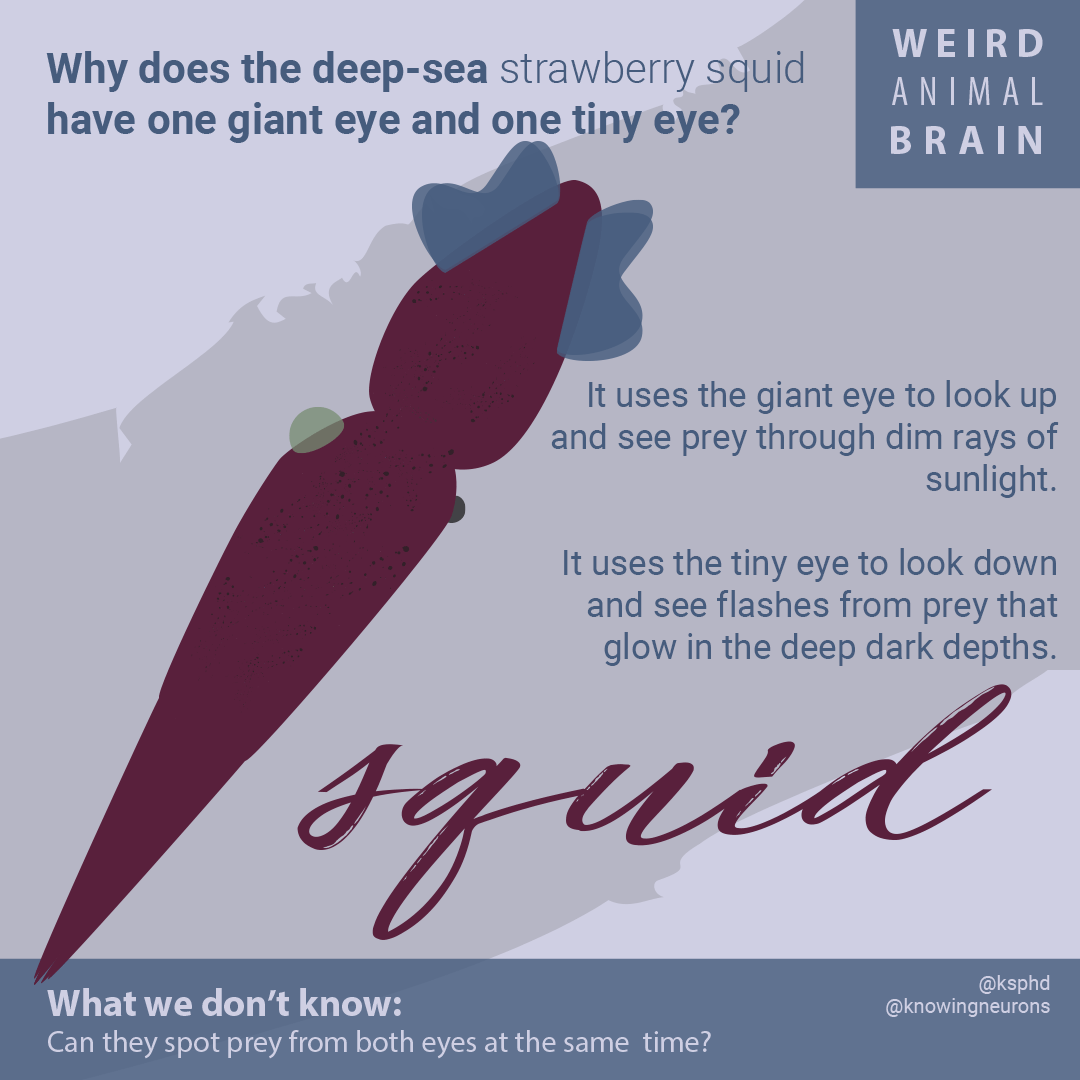The tuatara lizard is called a “living fossil” because it is the last surviving member of the Rhynchocephalia order. Learn more about the tuatara in the infographic below!
For more info:
Tuatara: Sphenodon punctalus. http://animals.sandiegozoo.org/animals/tuatara.
Ung, C. Y., & Molteno, A. C. (2004). An enigmatic eye: the histology of the tuatara pineal complex. Clinical and Experimental Opthalmology, 32(6), 614-618.




